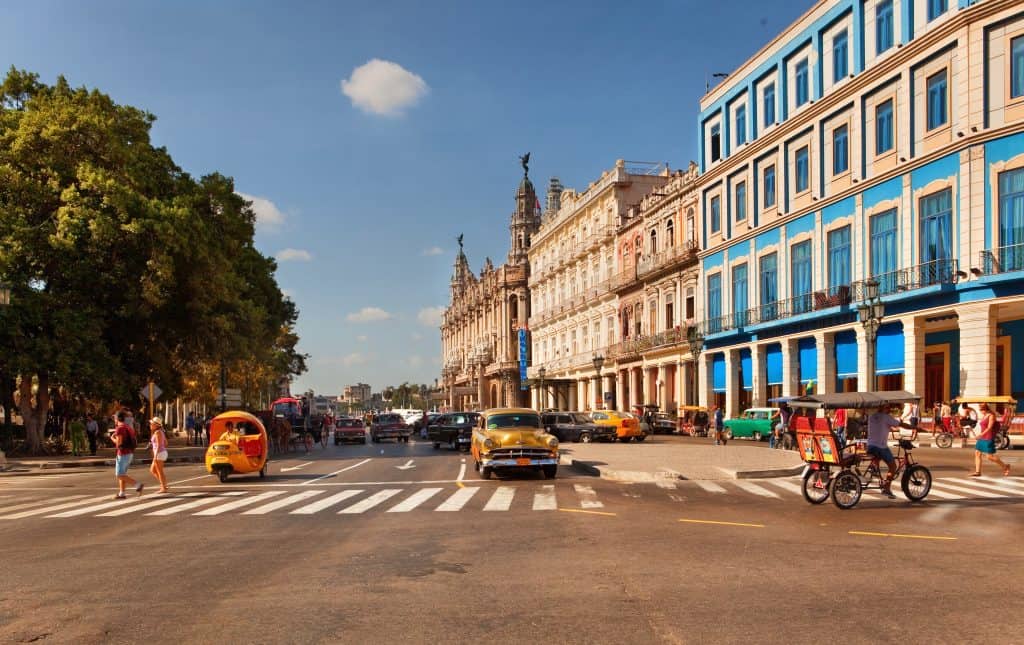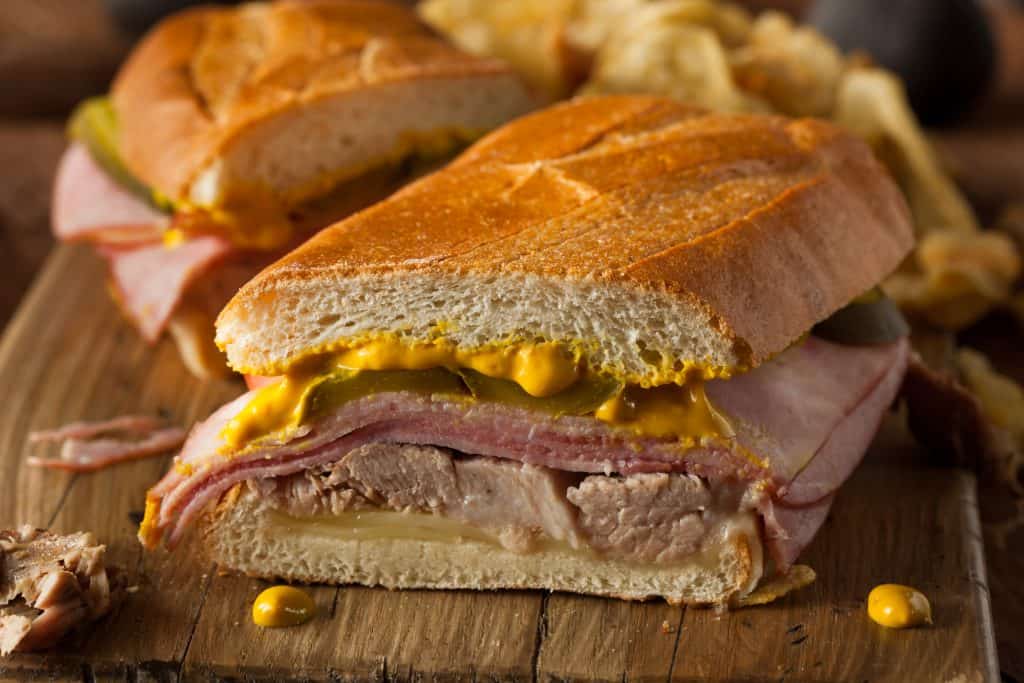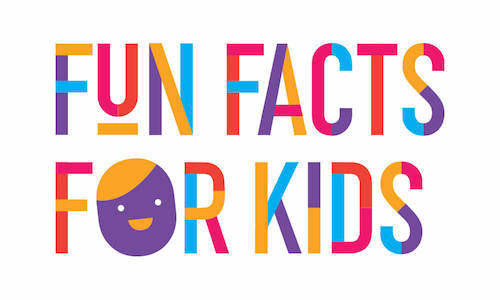There is a lot to learn about this Caribbean country, so we have done the hard work and found out all the fun facts about Cuba for kids for you!
With such a rich and interesting history, this country is a fascinating place. We want you to know all about the history, people and culture of Cuba, so dive right in!
Here are some top things you need to know about Cuba:
- Cuba is a socialist economy, which means the government has control over many aspects of the economy.
- Cuba is known for its old style buildings and cars. There are many old cars due to a previous ban on importing foreign cars.
- Hitchhiking is a common way for people to get around Cuba, as many Cubans cannot afford to buy a car.
- Christmas was banned for 30 years and even now Christmas day is a work day.
Where is Cuba?
Cuba is located in the Caribbean Sea, off the coast of the United States of America and Mexico. Its neighbours include The Bahamas, The Cayman Islands, Jamaica and Haiti.
How big is Cuba?
Cuba is actually made up of more than 3,500 islands! The main island is the island of Cuba which is approximately 1200 km long. Altogether the total land size of all the islands is around 110,00 km². It is divided up into 15 provinces.
Cuba is actually the largest island in the Caribbean Sea.
How many people live in Cuba?

There are approximately 11 million people living in Cuba. The biggest city is Havana with around 2 million people.
Language and education
The official language of Cuba is Spanish, as it was a former Spanish colony.
Literacy levels in Cuba are very high (around 99%) which can be attributed to the free education Cubans are given. Cubans are required to go to school until they are 15 years old.
Healthcare
In Cuba healthcare and dental care is good and completely free! Cuba also has a high doctor/patient ratio.
What currency do they use?
Until recently, Cuba had 2 official currencies, the Cuban Peso (used by locals) and the Convertible Peso, which was used by tourists and visitors and could not be used everywhere. The Convertible Peso was considered much more valuable than the Cuban Peso, however this currency has recently been phased out.
History of world relations
Since the early 1960s Cuba had been subject to embargos from America that have significantly impacted the economy. Prior to this up to two thirds of their foreign trade was with America. After this embargo Cuba began to trade with the Soviet Union until it dissolved in 1991. Cuba began to trade with America again during the early 2000s.
This is why you will see many old American cars. Cubans were not able to purchase new foreign cars during the embargo so they got very good at fixing the ones they had.
A trade and travel embargo and a socialist government meant that tourism in Cuba suffered a major downturn for many decades. This is slowly changing with tourists now being welcomed into the country.
One of the impacts is limited internet and phone coverage. If you want to get on the internet you will need to go to a designated hotspot and it will probably be expensive!
Geography of Cuba

Being in the Caribbean Sea, Cuba has some beautiful beaches. White sand and turquoise water make places like Cayo Largo del Sur, popular with tourists.
They also have lush green valleys and mountains, however this is only for around 30% of the land. The remaining land is lowland plains. The area around Vinales is known for striking limestone mountains and stunning scenery.
The highest mountain in Cuba is Pico Turquino which is 1974m high and located on the island of Cuba.
There are nine UNESCO sites in Cuba. These sites are culturally, historically or scientifically significant and are protected by law.
Which foods are popular in Cuba?

Food in Cuba is often rationed because of the country’s economic challenges. Staple foods include meat, sugar and rice. Plantains (similar to bananas), beans and rice are common for meals.
Cuban sandwiches are popular and are sandwiches made with pork, cheese, mustard and pickles. Yum!
Cigars
Cuban cigars are popular around the world. The leaves are cured twice and each cigar is hand rolled!
What animals are found in Cuba?

It is in Cuba that you will find the world’s smallest bird – the bee hummingbird, or the zunzuncito. Weighing a maximum of 3 grams, these tiny birds are only 5-6 cm long but have beautiful iridescent feathers.
Other animals you may find in Cuba include the Cuban parakeet, the antillean manatee, the French angelfish and the Cuban crocodile.
Music
Music is a part of everyday life in Cuba. You can regularly see people dancing in the streets and main squares. In fact, the dances rumba, mambo and cha-cha-cha were invented in Cuba. The style of Son Cubano music originated in the eastern part of Cuba.
Which sports are played in Cuba?

Cubans consider baseball as their national sport. They also love soccer and basketball.
Dominos is a popular pastime in Cuba and you can often see people huddled around tables playing dominos in front of houses.
Last minute fun facts
Don’t go just yet! Here are a few last minute fun facts for you.
- Supermarkets in Cuba are run by the government and have very limited stock. You are better off going to smaller shops or the local market to find what you want.
- You cannot buy Coca Cola in Cuba!
- There are very few hotels in Cuba. Instead most people stay in a private house with a local family – much like AirBnB!
- The average wage is usually less than $1 (US dollar) per day, hence many essential items are subsidised by the government.
That’s it! We hope this has given you an insight into this fascinating country. If this has put you in the mood for some Cuban music, check out this selection to get you dancing.
Places facts for kids
- Facts about France for Kids
- Fact about England for Kids
- Facts about Queensland for Kids
- Facts about NSW for Kids
- Facts about Australia Day for Kids
- Facts about USA for Kids
- Facts about Mexico for Kids
- Facts about Popular Sports in Australia for Kids
- Facts about New Zealand for Kids
- Facts about Canada for Kids
- Great Barrier Reef Facts for Kids
- Antarctica Facts for Kids
- Australia Facts for Kids
- China Facts for Kids
- Asia Facts for Kids
- Hawaii Facts for Kids

